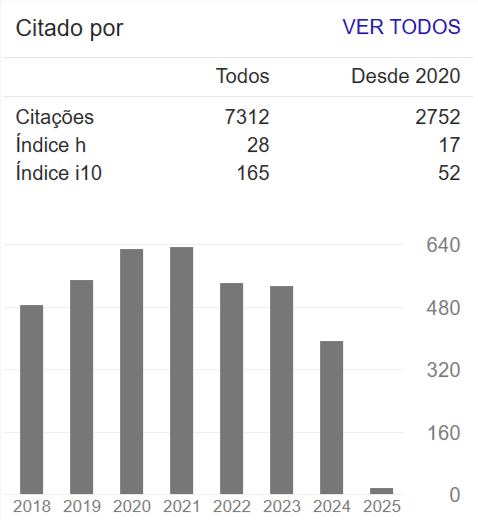Hydrochemistry of Barreiras Aquifer System groundwater in the Pirangi River basin/RN
Abstract
This study aims to evaluate the hydrochemical behavior of the Barreiras Aquifer System (SAB) waters in the Pirangi River Basin Area - Natal Metropolitan Area, according to the different environmental aspects of land use and occupation, highlighting the evaluation of the effects of the urban development in groundwater quality. Initially, a 30-well monitoring network was defined, followed by a campaign for collecting and analyzing physicochemical water samples. The interpretation of the results was based on isovalve maps and hydrochemical diagrams (Piper, Durov Expanded and Gibbs), and it is possible to classify the waters according to hydrochemical facies and to evaluate the hydrochemical changes in the different environmental contexts of the study area. Despite the hydrochemical variations observed in the different sectors, in general the SAB groundwater in the study area is characterized as slightly acidic and of low salinity, predominantly covering the magnesian sodium chloride (Na+ - Mg2+ - Cl-) and chlorinated sodium facies. (Na+ - Cl-). Groundwater contamination by nitrate was identified in 30% of the samples, with emphasis on the most urbanized regions. The climatic aspect is the main controlling factor of the chemistry of these waters, with the influence of anthropogenic factors of urban development and agricultural activities.

















